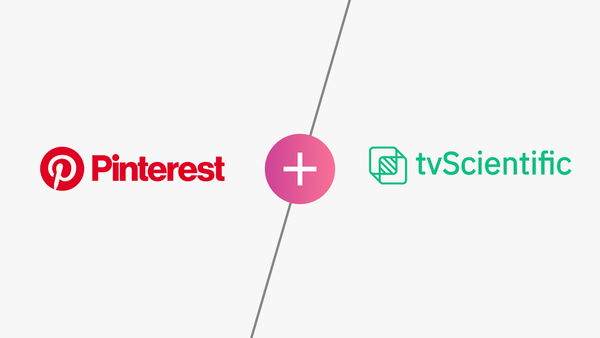OpenAI has unveiled its latest product: GPT-4o. The new AI model can talk to you, sing to you, tell jokes, flirt with you, and translate languages in real time, as the recent product demos show.
At a live stream event, OpenAI showcased GPT-4o’s remarkable features, highlighting its ability to engage in realistic voice conversations with users, without any noticeable delay.
OpenAI CEO Sam Altman commented in a blog post, "It feels like AI from the movies ... Talking to a computer has never felt really natural for me; now it does.”
GPT-4o's capabilities also extend beyond voice conversation, as demonstrated by its assistance with tasks like solving math equations, recognising visual expressions, and discussing content within images.
The technology will also be rolled out for free, although paid users will be able to access greater capacity limits.
While many users are already excitedly flocking to X with use cases for the new model, others retain reservations, deeming it ‘scary’; and others appear to be in both minds, calling it ‘scary good’, or ‘scary impressive’.
The demos play out similar to science fiction films of recent years, with users on X comparing GPT-4o to Spike Jonze’s Her or, more morbidly, The Terminator.
In addition to GPT-4o, OpenAI has introduced new features for ChatGPT, including a "browse" feature that allows users to access up-to-date information from the web. OpenAI’s Chief Technology Officer, Mira Murati, emphasised at a press conference that the company does not intend to monetise free users through advertising.
The announcement arrives amidst growing competition in the AI space, with tech giants like Alphabet gearing up to unveil their own innovations. OpenAI's proactive approach underscores its determination to maintain its position as a leader in the field.
There are also reports that Apple will be striking a deal with OpenAI to integrate its technology into iOS18 later this year.
Recently, we’ve been considering how affiliate marketing will evolve in a landscape where Google penalties are shaking up the space, but with innovations like these blazing into the present day, it feels even more challenging to predict what the online landscape will look like in a few months’ time, let alone years.








